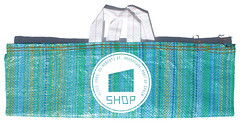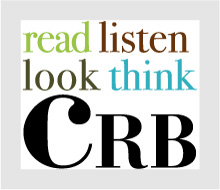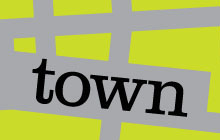Friday 19 February, 2016, from 6 pm, at Alice Yard
The Museum of the Old Colony, an installation by Puerto Rican artist Pablo Delano, appropriates historical imagery and challenges established protocols of museum culture. The project derives its name from a brand of soft drink named Old Colony, popular in Puerto Rico since the 1950s. Old Colony (the beverage) remains available at island groceries and restaurants in two flavors: grape and pineapple. Meanwhile, Puerto Rico has endured 523 years of ongoing colonial rule — first under Spain, then the United States, since 1898. The island, an “unincorporated territory of the US,” is widely regarded as the world’s oldest colony.
The installation employs still photographs and moving images of Puerto Rico — along with their original captions or descriptive language — created mostly by US photographers, mostly for the consumption of a US general public. With sardonic humour and wit, the project references traditional historical or anthropological museums and their use of ethnographic imagery and didactic text panels.
The Museum of the Old Colony is as much an exploration of history as it is an intensely personal exercise by Delano to understand and come to terms with his own relationship with the island, where he was born in 1954.
The installation opens for public viewing on Friday 19 February, 2015, with a reception and conversation between the artist and Alice Yard co-director Nicholas Laughlin. The Museum of the Old Colony will remain on view until 26 February.
The exhibition is presented in conjunction with the conference Turning Tides: Caribbean Intersections in the Americas and Beyond, co-sponsored by the University of the West Indies, St. Augustine, and Trinity College, Hartford, Connecticut.
All are invited.
The Museum of the Old Colony, an installation by Puerto Rican artist Pablo Delano, appropriates historical imagery and challenges established protocols of museum culture. The project derives its name from a brand of soft drink named Old Colony, popular in Puerto Rico since the 1950s. Old Colony (the beverage) remains available at island groceries and restaurants in two flavors: grape and pineapple. Meanwhile, Puerto Rico has endured 523 years of ongoing colonial rule — first under Spain, then the United States, since 1898. The island, an “unincorporated territory of the US,” is widely regarded as the world’s oldest colony.
The installation employs still photographs and moving images of Puerto Rico — along with their original captions or descriptive language — created mostly by US photographers, mostly for the consumption of a US general public. With sardonic humour and wit, the project references traditional historical or anthropological museums and their use of ethnographic imagery and didactic text panels.
The Museum of the Old Colony is as much an exploration of history as it is an intensely personal exercise by Delano to understand and come to terms with his own relationship with the island, where he was born in 1954.
The installation opens for public viewing on Friday 19 February, 2015, with a reception and conversation between the artist and Alice Yard co-director Nicholas Laughlin. The Museum of the Old Colony will remain on view until 26 February.
The exhibition is presented in conjunction with the conference Turning Tides: Caribbean Intersections in the Americas and Beyond, co-sponsored by the University of the West Indies, St. Augustine, and Trinity College, Hartford, Connecticut.
All are invited.









